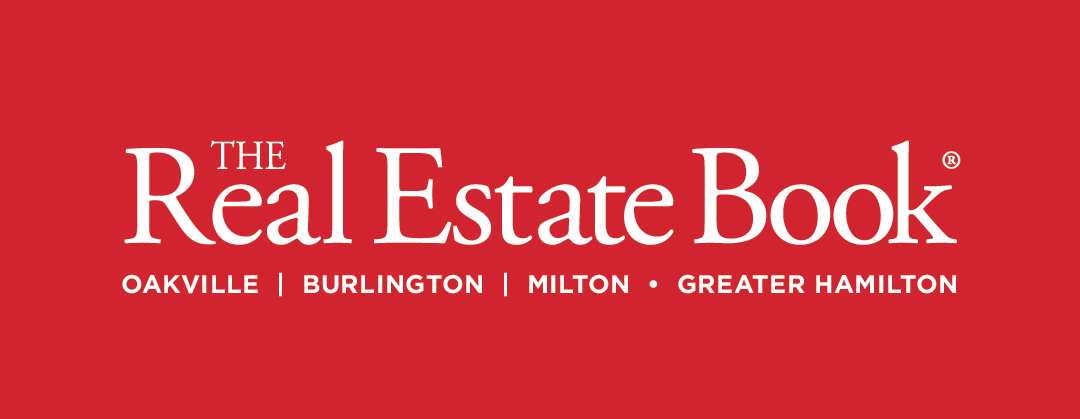In recent years, the real estate industry has seen a shift in advertising practices to include more of a digital presence. When Covid-19 forced the shut-down of many services, real estate open houses were included in the ban. As part of an essential service, realtors began to think outside the box and determine how to continue to reach clients. Many realtors already using extensive digital marketing found the migration to a more robust system rather instinctive.
The Goodale Miller Team at Century 21 Miller Real Estate Ltd. in Oakville found that while they already used digital technology extensively in all their listings, the change was how consumers responded to it. “We have always had 3D tours and modelling,” says Brad Miller. “The real change was adopting the process of showing a home entirely using zoom or FaceTime (video conferencing software) rather than entering the home with the client.” Photographers can use 3D technology to create a 3D model and floor plans of a home. The buyer gets the look and feel of being in the house without leaving the comfort of their living room or office. Murray McKeage, who works with Brad, explains the importance of a digital presence for families looking to relocate from abroad. “There is an increasing desire for people wanting to relocate to Canada,” he says. “We recently had a client relocate from the U.S. who relied on our team to find the right home and present the options using virtual tours and video conferencing. We were even able to conduct a home inspection virtually.”
Online tools are critical for showcasing homes to foreign buyers. The market has seen an upswing of international buyers for several years, specifically in luxury homes, and many realtors expect the trend to continue. Currently, the climate is still a hot sellers’ market, with more and more buyers becoming comfortable with digital practices to narrow down their search. A buyer can still physically view a home, by appointment with their realtor, but the online tools can help eliminate unnecessary visits to homes that do not meet their needs. Instead of bringing the buyer to the home, realtors are bringing the home to the buyer.
Brad says he has also noticed movement from cities to the suburbs. “Some condo dwellers working from home want to move out of the city and find a home with more space and without the confines of a condo building.” He explains a recent client who was starting a new job on the east coast and had to go to market quickly, yet the condo board had banned showings. Online tours were the only option. Even as restrictions ease throughout the Greater Toronto Area, many condo boards limit the number of showings to control the number of outsiders coming in, creating an even greater need for virtual tours.
Dan Bednis of Royal LePage Meadowtowne Realty in Milton has weathered the pandemic storm quite well. Dan has focused on brand awareness with a solid marketing plan, including high-quality photography and iGUIDE 3D tours. When Covid-19 came along, he augmented his practice with aerial photography (drones) and audio commentary, a process he calls digital video walk-throughs. “I’ve always had a sound infrastructure to my marketing,” says Dan. “So, it made good business sense to add more of a digital presence using social media and elaborate virtual tours, including digital floor plans.”
Drones are being used more for aerial photography of the properties, which is especially helpful for showing off key features like a pool or patio. Amenities are becoming increasingly important to help sell a home as more people are working from home and staying home instead of travelling.
After viewing the virtual tours, buyers who are genuinely interested in a property can book a showing with their agent so long as they adhere to the guidelines of wearing PPE and are willing to sign a waiver.
Written by: Julie Achtermeier




